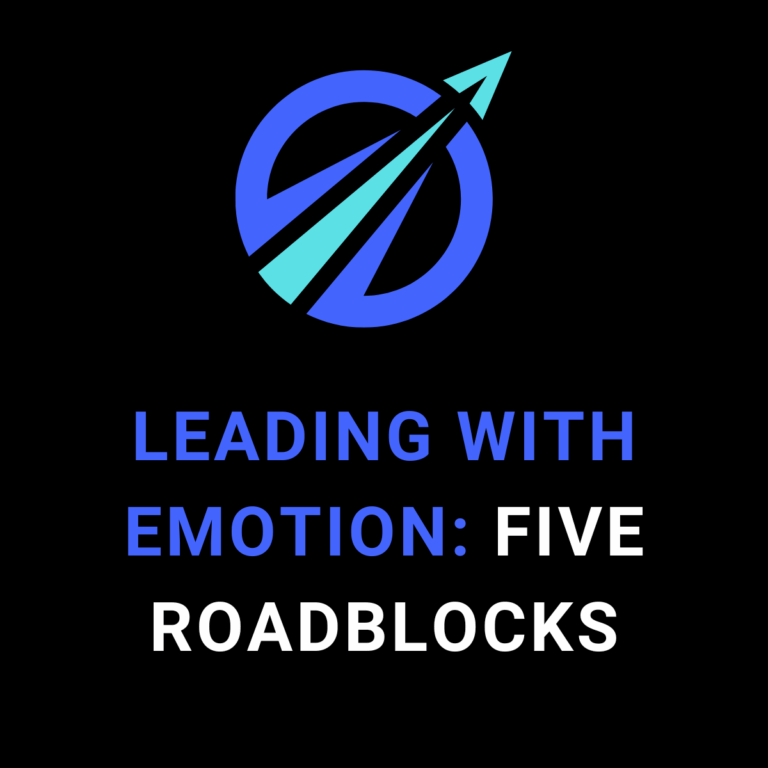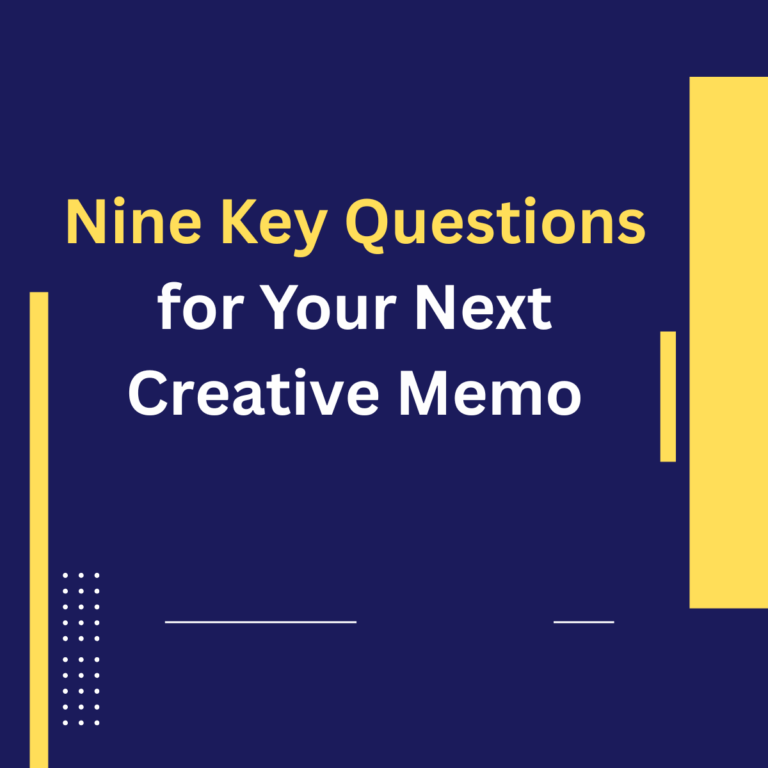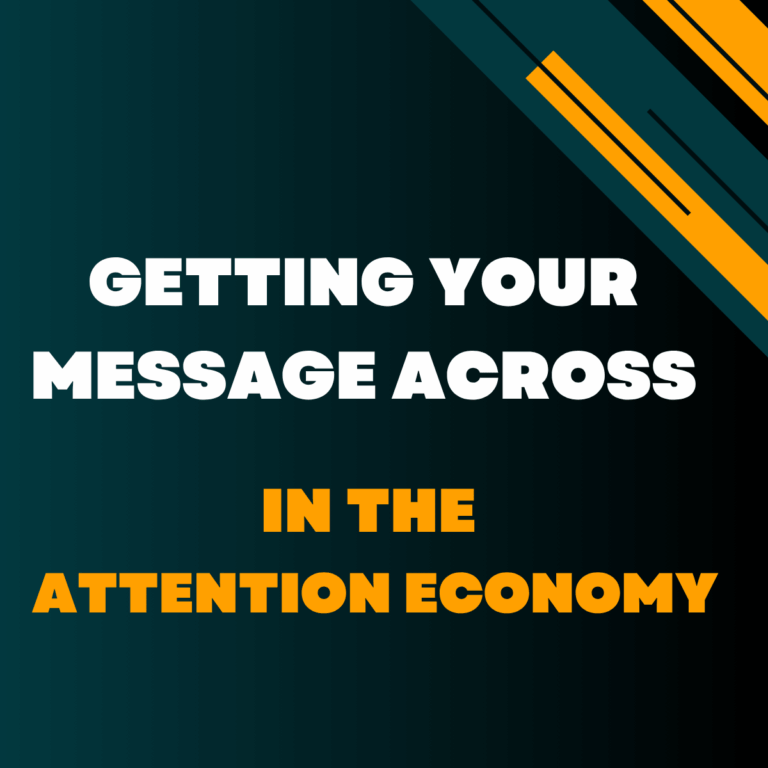
I have vivid memories of the two or three months after Trump’s first victory in 2016. Working with groups like the ACLU and Planned Parenthood, I saw and helped shape an amazing outpouring of grassroots support for organizations people felt they could count on to resist Trump’s assault on our fundamental freedoms.
Donors and activists came forward in numbers substantial enough to transform those organizations in fundamental ways and to fuel a powerful, sustained resistance.
Will it happen again? That’s an open question in two parts:
- Will people rush to the ramparts again?
- Will they stay there over time?
Progressive groups are going to need new strength in both numbers and resources to deal with what’s in front of us. Here’s some advice for acquiring new support and engagement.

Be prepared for organic list growth:
Most of the massive list growth after the 2016 election was organic – people reaching out to groups unprompted as opposed to people responding to promotions. So be alert to that kind of activity and, if you see it, do two things:
- Make sure the people showing up “at your door” feel greeted and appreciated.
- Reinforce the organic activity with promotional outreach.
If you see movement, invest in seizing it:
Let organic activity that just shows up serve as a prompt to invest time, energy and money in acquiring more monthly donors and/or committed activists. And remember, if list growth starts to take off, it might be a time to shed a typically deliberate investment strategy for a more ambitious “seize the moment” one.
Emphasize monthly commitments:
Another key 2016 dynamic was that people recognizing Trump’s victory as a long-term threat instinctively leaned toward monthly, as opposed to one-time, commitments. If you’re not doing it already, now would be the right time to feature the monthly option as the highly preferred one in your offers and donation pages.
Remember, at times like this, you have unique opportunities to turn a moment of deep concern into a long-term, ongoing commitment.
Don’t emphasize constant commitment:
For some donors, a monthly commitment is a choice to become deeply involved. For many others, it is a way to confirm ongoing support without having to think about it too much.
It’s always important to make sure your monthly giving program recognizes both modes of engagement. And, in the current political climate, it’s wise not to draw too much attention to the fact we have Trump to confront for four long years.
Choose your lane carefully:
Only a handful of groups (led by the ACLU) are candidates to be all-purpose vehicles for responding to the Trump threat. Others are best positioned as vehicles focused on a particular issue – gun violence prevention, climate change, racial justice, etc. Think carefully about where your group fits and market yourself to potential donors and activists accordingly.

If I had to guess, I’d predict that this year, Trump’s victory will inspire a reasonably high surge in people making monthly commitments to groups they hope will take him on.
Less certain is the question of whether people will have the energy to maintain that kind of commitment over time. My worry isn’t so much that they will feel as if everything is lost. It’s that they decide they can’t take the personal, emotional toll this time around.
What was unique about the amazing reaction to the threats of the first Trump presidency wasn’t just the size of the initial response. It was the sustained nature of that response. Over time, many donors and activists found it personally challenging to keep resisting. In focus groups, they reported taking “mental health breaks” and using temporary media blackouts to make it through.
But, for the most part, they hung in there. I wonder if a turn to protective self care might be called forth much earlier in this second Trump presidency.
Here are some thoughts on how to enhance retention of donors and activists over time.
Quickly reaffirm the person’s decision to join:
An impulsive decision to act can often be followed by reconsideration. That’s why it’s important that you eagerly welcome new donors and activists into the fold. Reinforce the wisdom of their decision and remind them how much it says about what kind of person they are.
Share credit for advances.
Another way to keep more people on board is to make clear the impact they are having. Don’t just report back on what your group has achieved. Report on what they have made possible.
An impulsive decision to act can often be followed by reconsideration. That’s why it’s important that you eagerly welcome new donors and activists into the fold. Reinforce the wisdom of their decision and remind them how much it says about what kind of person they are.
Communicate judiciously.
Especially on the monthly donor side, we need to be aware of the dynamic mentioned earlier. Many people make monthly commitments as a way of affirming constant involvement without requiring constant attention. So communicate for sure. But don’t flood the zone with too much contact.
Intervene quickly if commitment lags.
You will have monthly donors who stop giving or consistent activists who pull back on action taking. The best thing to do is intervene quickly when you see that pattern emerge. You’re more likely to “save” a donor or activist if you step in at the point where their behavior changes rather than after they settle into a new, less-engaged pattern.

In the weeks and months ahead, we are obviously going to need as much financial support and activist engagement as we can muster. Hopefully, these thoughts will help maximize the value of any surge in support your group experiences as people confront how to respond to the new rump threat.








